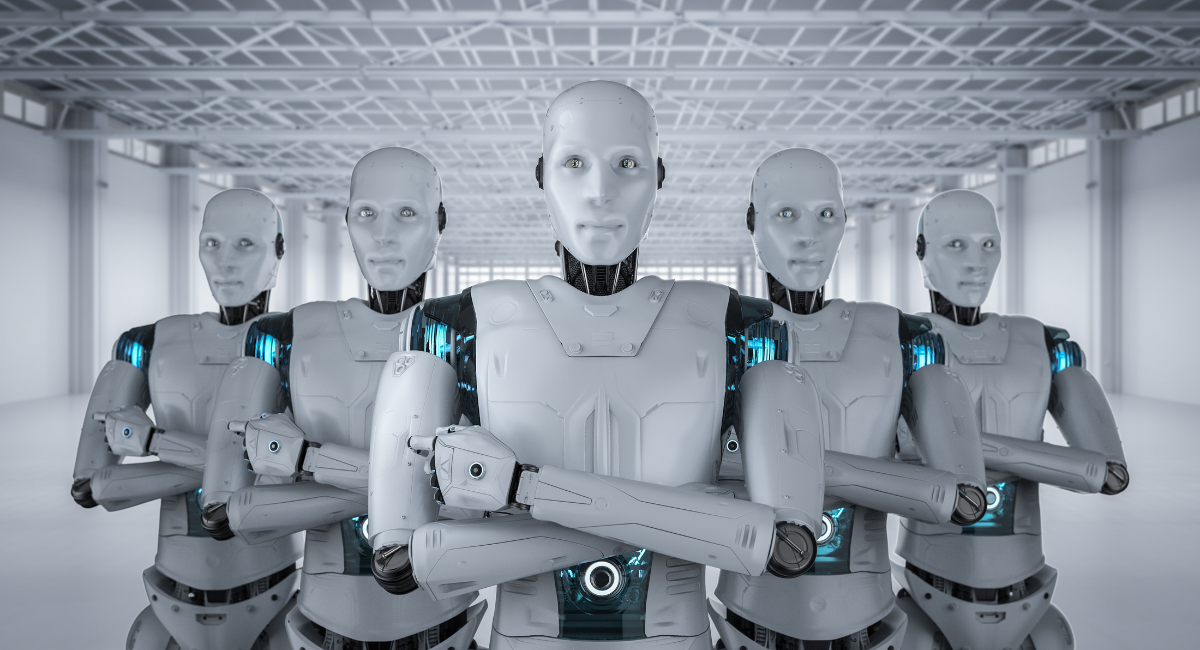- Posted on
- AI Accelera
- No Comments
Although for many, Artificial Intelligence (AI) might seem like a novelty or futuristic technology, the truth is that AI has been a part of our daily lives for a while now, often operating invisibly in common-use applications and services like the following:
Ad Targeting (Google).
Through machine learning techniques, systems can predict which ads will be more relevant to an individual user based on their search history, browsing behavior, and other data.
Uber’s Pricing System.
Uber’s dynamic pricing model adjusts prices in real-time based on supply and demand, a clear example of how AI can optimize real-time operations.
Lookalike Audiences on Facebook.
By analyzing the characteristics and behaviors of your current audiences, AI can identify and segment other users with similar profiles and behaviors, maximizing the effectiveness of advertising campaigns.
TikTok Feed.
Feed customization is based on user behavior, preferences, and interactions, enabling a highly personalized experience.
Collaborative Filtering on Amazon.
This system recommends products based not only on your history but also on the history of users with similar behaviors to yours.
Filtros en Snapchat.
La IA y la visión por ordenador (computer vision) permiten superponer filtros y efectos en tiempo real sobre los rostros de los usuarios.
Smartphone photo enhancement.
Smartphone cameras use AI to enhance photos, automatically adjusting lighting, sharpness, and other parameters.
Spam detection.
Email systems use AI to identify and filter unwanted emails (spam).
Credit card fraud detection.
By analyzing transaction patterns and behaviors, AI can identify suspicious activities and prevent fraud.
Content moderation.
Online platforms use AI to filter and remove inappropriate or harmful content.
Loan evaluation.
Financial institutions use AI models to assess the creditworthiness of loan applicants.
Lead scoring.
Companies use AI to prioritize and qualify leads based on the likelihood of conversion.
Churn prediction.
Companies can predict which customers are at risk of churning and take preventive actions.
These examples demonstrate that AI was already integrated into many aspects of our daily and professional lives, improving efficiency, personalizing experiences, and aiding in making more informed decisions. It’s a tool that, even though often invisible, has a significant impact on how we interact with technology and the digital world.
The above is an excerpt from the book “Keys to Artificial Intelligence” by Julio Colomer, CEO of AI Accelera, also available in a mobile-friendly ebook version.
At AI Accelera, our goal is to make the vast potential of Artificial Intelligence accessible to businesses, professionals, startups, and students from all over the world. See how we can help you.

